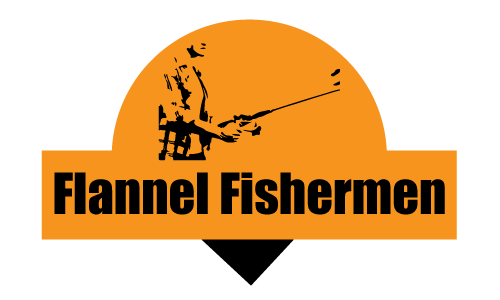Best Bait for Bass Review For All Season
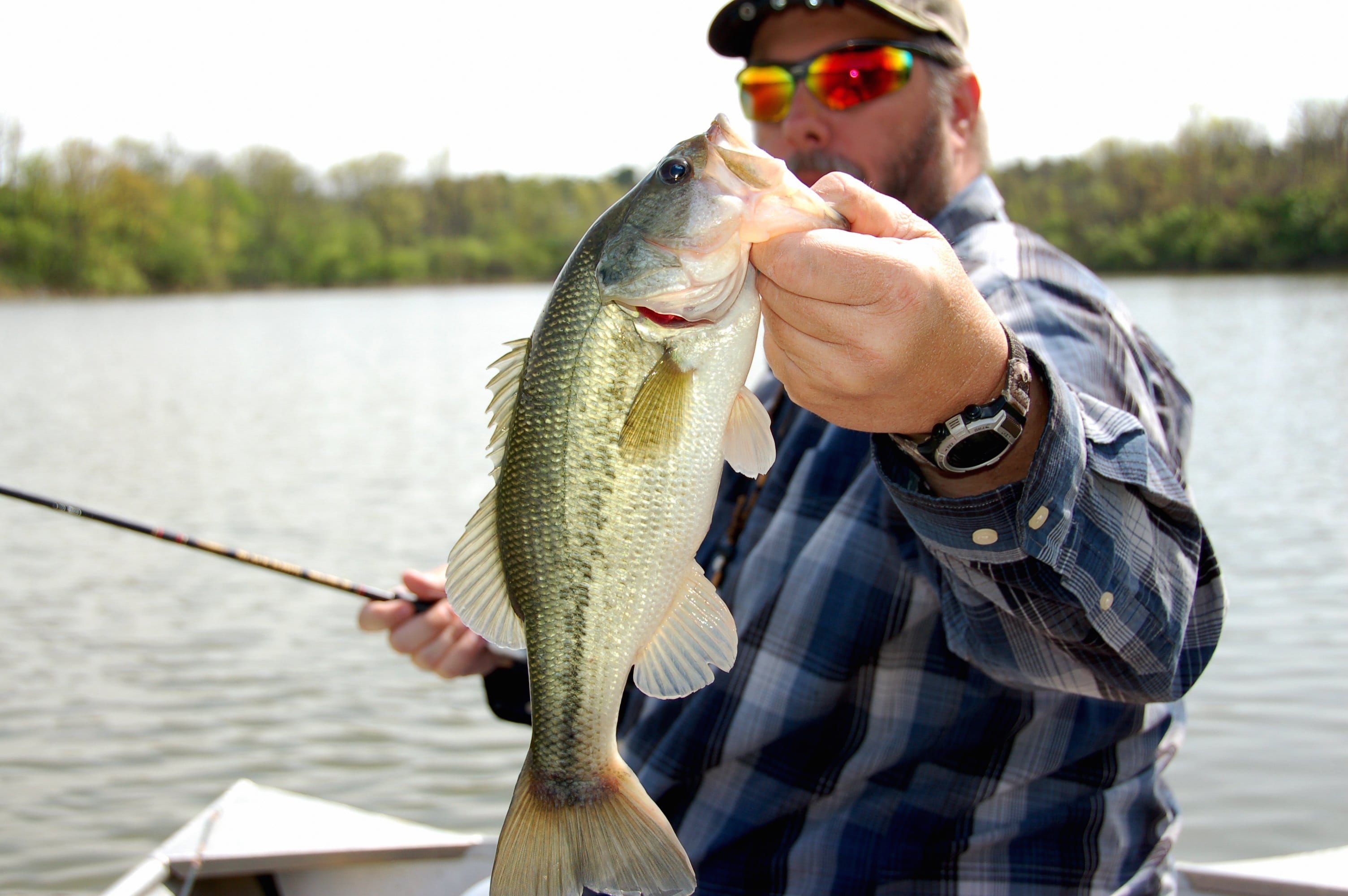
What Type of Bait Should You Use For Bass Fishing?
This is a very common question that, unfortunately, doesn’t have one clear answer. The reason for this is because the bait not only depends on what type of fish you’re after but also when and where you are fishing.
Different types of fish will typically prefer particular types of bait, but the way they are interacting with their environment will also affect the bait selection. For example, fishing in shallow depths of light grassy vegetation may require one type of bait or lure, while fishing deeper waters near drops and ledges may require another.
Another factor that can affect the type of bait is the season. This doesn’t just mean Spring/Summer/Fall/Winter, but also refers to major time points within a fish’s year. For example, bass typically spawns in the Spring, and their behavior during the pre-spawn phase is actually quite different from their behavior post-spawn.
While there are definitely some types of best bait for bass available that are generally more reliable for fishing bass, the bait selection on any given day will depend on the factors of the local environment. Therefore, the purpose of this article is to review some of the best bait and lures for bass from the standpoint of reliability and chances of success, or in other words, the “Can’t-go-wrong” bait.
Best Bait For Bass Reviews
Check out our reviews of some of the best and most popular lures for bass. These won’t necessarily work in every single situation, but they are the robust and reliable lures for bass fishing that are a good idea to keep in the tackle box. Don’t forget that you can usually find many different variations of the same lure, whether it’s differing in size, weight, or color, so you should be able to find something that works well for your needs. Additionally, below the table, we will also discuss some of the characteristics of each lure and how they affect the function of the lure.
- Crank
- Spinner
- Jig
- Topwater
- Worms
Bomber Triple Threat Crankbait

Pros
- Extremely versatile
- Can cover lots of water
- Great for testing unfamiliar water
- Particularly good for largemouth bass
Cons
- Slightly more susceptible to snags
- While affordable, tendency to snag a little more may prompt you to have at least a few backups in the tackle box, increasing the overall cost.
General Consensus
If you’re fishing for bass, especially largemouth bass, a crankbait is a tackle box essential. These are extremely versatile lures for bass and other species like walleye. They are extremely castable and can cover lots of water fairly quickly, which makes them a great starting point for any given day.
The Bomber 4A lure has been around for a long time and is known to be a reliable and effective lure for fishing bass. We featured their triple-pack in this section as we feel it offers good value and provides some variations in color and design. Plus, as we mentioned above, it can be nice having a couple back-ups in case you lose one when reeling though some cover. These are lipped lures that dive to about 6 feet on the cast and 9 feet when trolled. Some anglers find they can get them to about 15 feet depending on how they are worked.
The main drawback, in this case, isn’t with the particular crankbait that we featured here, but more so something that is inherent with the majority of crankbait. The exposed hooks lend this lure to more snags when used in cover, which is often where they can be quite effective. Therefore, you may have to invest a little more into replacing these lures, but in our opinion, it’s definitely worth it.
Overall, we would recommend crankbait lures for bass fishing to absolutely everyone. If you know exactly what depths and environments you will be fishing in, you can likely find something suited perfectly for that purpose. Check out our information below about different lure characteristics to help you make your decision!
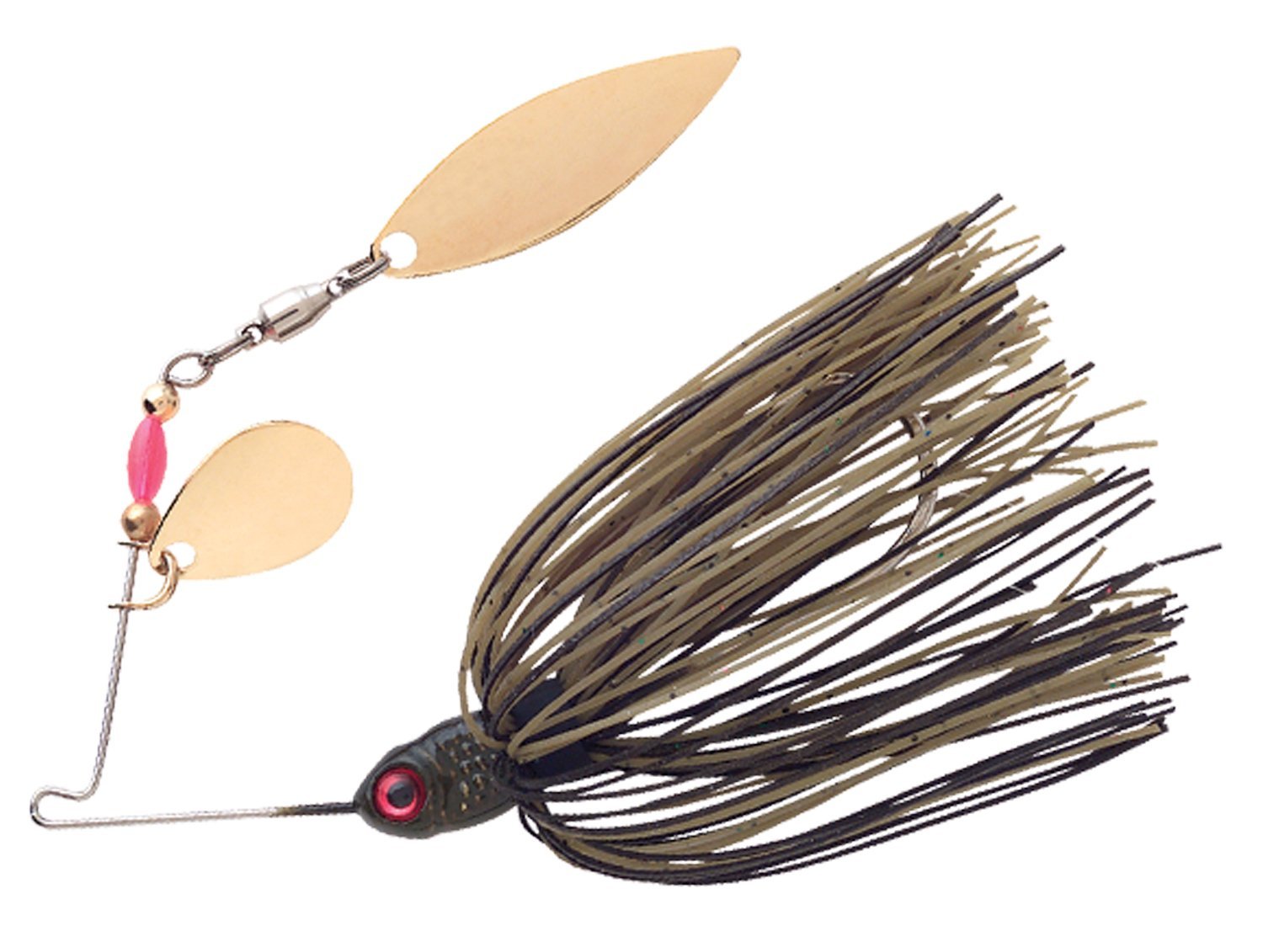
Pros
- Versatile
- Good for areas with sharp changes in depth
- Can be extra effective when bumping off objects
- More resistant to snagging
Cons
- Different types and sizes of blades can make it confusing to know which one is best for your needs (see additional info below table).
- While the silicone skirts definitely reduce the incidence of snags while attracting fish, it can also make it a little more difficult to set the hook.
General Consensus
Similar to crankbait lures, spinnerbaits are extremely versatile, easy to use, and over the course of time have proven to be reliable and effective. Unlike crankbaits, many spinner baits come with a silicone skirt that assists in reducing the likelihood of snags and also provides some unique action. This makes them a bit better than crankbaits for fishing in heavy cover.
Spinnerbaits vary in size and this can effective how easily and far they dive, but generally speaking they can cover quite a range in the water column and are actually well suited to areas with sharp changes in depth like ledges. Furthermore, they are extra effective when they bump off objects like the bottom, rocks, timber, ledges, etc.
The Booyah Pond Magic spinnerbait that we featured here is an excellent choice that comes in many different color schemes. The color schemes, size (3/16″, which is really small), and tandem willowleaf/Colorado blade setup makes it great for smaller waters where it can more accurately mimic the forage. That being said, these can be used anywhere, and even though the size is quite small, it can still be a good lure for catching those fat smallmouth bass.
Overall, we recommend this lure to everyone who is fishing bass, but especially those who fish in smaller bodies of water and/or in areas with lots of objects or heavy cover. Just remember that if you opt for a spinnerbait with a skirt, it may be a little more difficult to set the hook, but that can make for some good practice! Lastly, just remember that the Booyah Pond Magic spinnerbait featured above is quite small even for a spinnerbait, but still works in lots of different conditions.
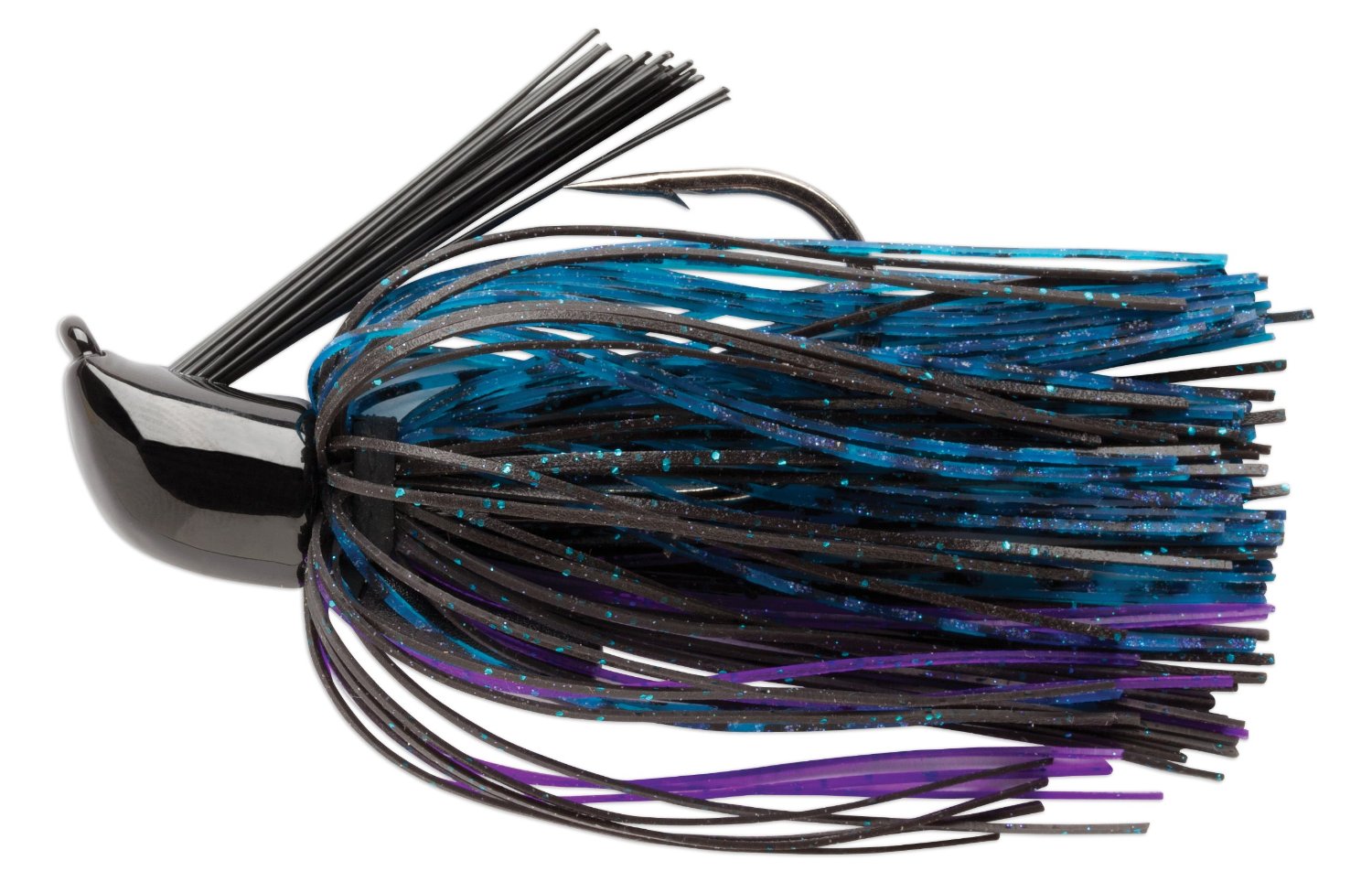
Pros
- Excellent when fishing in heavy cover
- Added snag protection
- Cheap
- Many different sizes and color schemes available
- Particularly great for largemouth bass
Cons
- Can be challenging to learn proper technique and selection
- Not really meant for casting, or at least long distance casts
- Smaller range, less versatile
General Consensus
Jigs are an extremely effective lure for bass fishing, but they’re a bit trickier to learn and aren’t quite as versatile as some other lures. That being said, they are great for fishing in heavy cover where a lot of the big ones reside, so you can often get good use out of them.
The main reasons a jig is great for fishing in heavy cover are the design of the lure and the technique used. The hook on a jig is usually very well protected, either by the skirt (primary purpose of this is to actually attract fish), but lots also have an added guard like the brush guard on the Terminator Pro’s jig featured here.
Jigs are not very castable, but it doesn’t matter, because they aren’t meant for covering a range. Instead, they are meant to be dropped in a more vertical manner. We’ll keep specifics about the proper technique for another section, but the protected lure combined with the gentle vertical motion makes it ideal for placing into heavy cover where other lures are likely to get snagged.
Overall, we would recommend jigs for any angler after bass that knows they will be fishing in heavy cover at some point. Since they aren’t as versatile, we wouldn’t make it as important to have as a crankbait or spinnerbait, but they suit their purpose well and can really make a difference in your level of success.
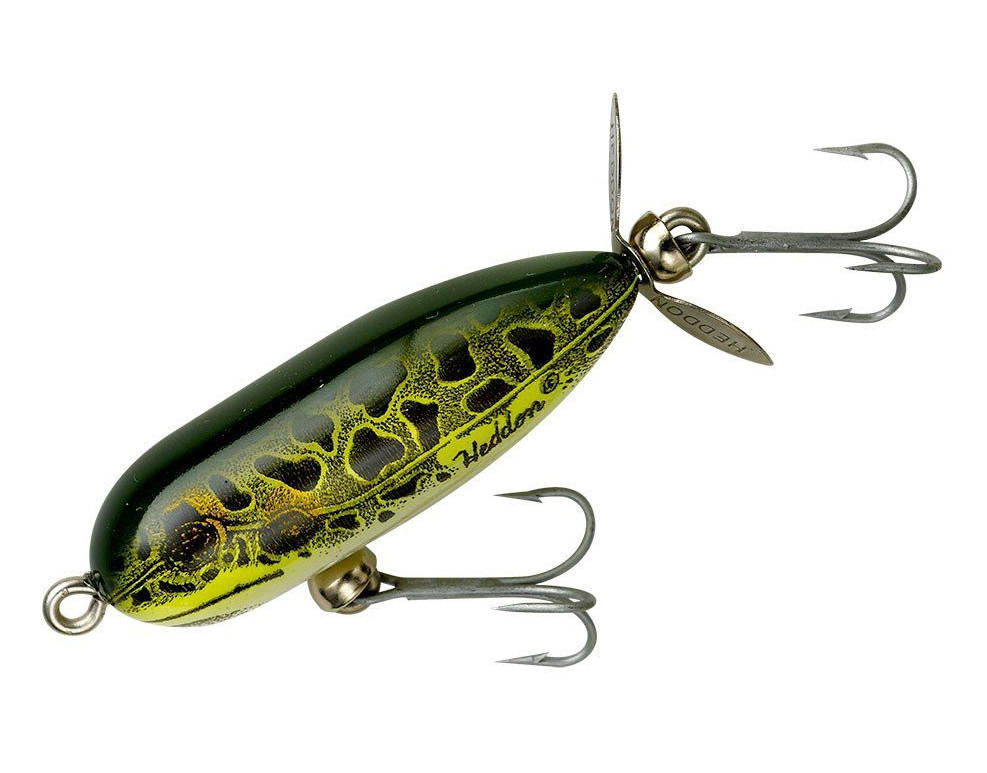
Pros
- Great for shallow water
- Tend to attract fish residing in areas around top-water vegetation like lily pads
- Lots of fun!
- Different types available with all sorts of action
Cons
- Can get snagged easily if reeled through vegetation
- Not the most versatile
- A little more expensive
General Consensus
Topwater lures are definitely effective for fishing bass, but are best suited for shallow water or around areas with lots of top-water vegetation. Topwater lures generally have some component or design to them that creates noise, vibration, or other stimuli to attract nearby bass, with the overall purpose of mimicking easy-pickin’ prey.
One of the nice parts about the fact that topwater lures try to pose as easy or injured prey is that the technique is really easy. Most will require an erratic motion when reeling it in. For example, the Heddon Torpedo lure that we featured above can be used by casting a great distance, and then moving the rod from back and forth (left-right-left…) as you intermittently reel it in in a jig-like fashion (just horizontally as opposed to vertically).
The torpedo-style topwater lure has always been one of my favorites. I remember back in the day when I was 12 years old, before you could simply google the best lures for fishing bass, buying a torpedo lure off the shelf simply because it looked cool. I ran to the lake stocked with bass and perch, and to my surprise, the lure worked great! It quickly became one of my favorites, bearing in mind the lake I usually fished one was covered in lily pads.
Perhaps even better than the increased catches is how the catches happen. You can usually see torpedo lures throughout the entire range of your cast and back, and usually when the fish bite it, they jump as well, creating one of the most fun ways to catch bass. Plus, the erratic motion on top of the water can be fun even if the bass aren’t biting.
Overall, we recommend the Heddon Torpedo topwater lure if you’re fishing for bass in shallow water or around surface vegetation, or if you simply want to try a new lure and have some fun with it. It’s not the most versatile, but it’s fun, and definitely effective when used properly.
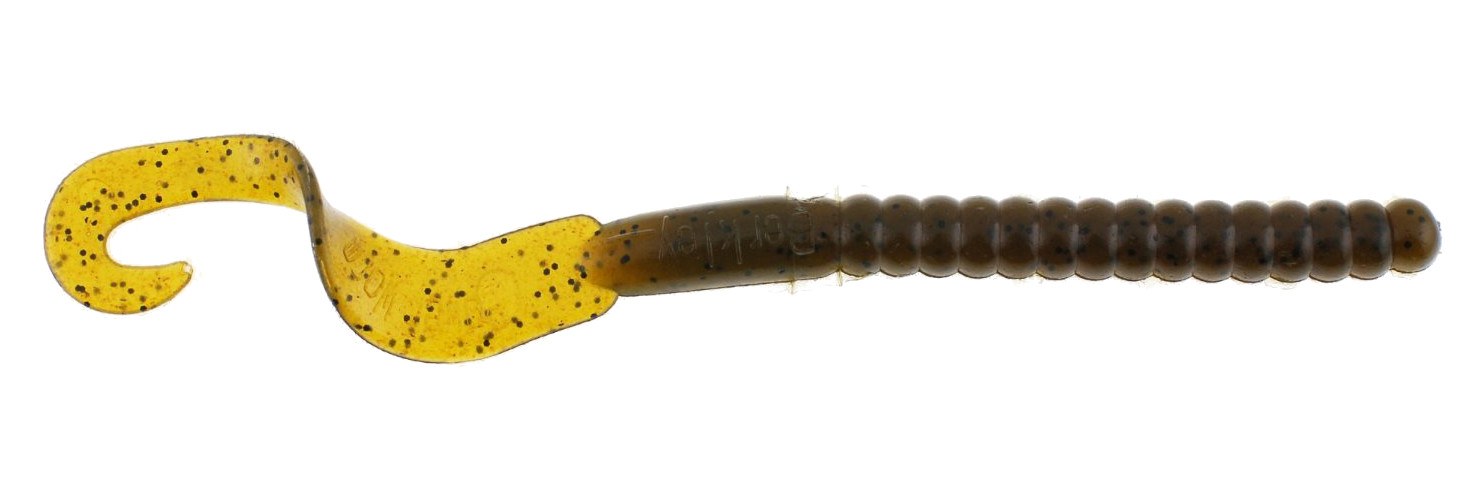
Pros
- Versatile
- Cheap
- Many different variations of design, size, and color
- Easy to use
- PowerBait scent is an additional attraction for bass
Cons
- Not the best for pre-spawn when bass are extremely active
- If you’re new to these, technique may take a little bit. Basically a combination between the technique employed for crankbaits and jigs.
- Might be difficult to determine most effective color scheme, size, and design until you are experienced
General Consensus
I’ve always been a fan of PowerBait worms for the reason that they’re widely available, cheap, versatile, and come in many different variations. I also find them convenient when they come in packs of multiple worms because snags aren’t as crushing then (still sucks, but for some reason doesn’t feel as bad as losing a lure).
However, the main reason I’ve always like PowerBait is because it’s worked for me. Pretty simple. I’ve found the most success in smaller bodies of water where the depth varies quite a bit and there’s lots of nooks and crannies, as well as some vegetation.
While PowerBait worms are quite versatile, they aren’t the best for pre-spawn time when the fish are extremely active. In this case, you’re likely better off with a crankbait or spinnerbait for faster movement. Otherwise, any other time in the season is good. Most people tend to find water above 55 degrees to be a good marker for when to use PowerBait worms.
The only other drawback is that the success of this bait is highly dependent on technique (we like this, but some might not). Very generally speaking, the technique resembles a combination between a standard castable lure like a crankbait and a more gentle touch like a jig. This means they aren’t well suited for exploring large areas quickly because you will want to take it slow on the retrieval.
There are lots of designs, sizes, and color schemes available. Some may like this, while others may find it frustrating. However, for a general rule of thumb, it’s best to stick with simple color schemes, shorter worms in clear water, and larger worms in murky water.
Overall, we would recommend PowerBait worms for anyone EXCEPT those heading out during pre-spawn season, or those who prefer a castable lure with a fast retrieve. A PowerBait worm needs to be reeled slowly and with some vertical movement, so while this requires patience, it’s also a great way to practice your technique and learn the area that you’re fishing all at once.
When to Use Crankbaits for Fishing Bass
Crankbaits are awesome in the sense that you can’t really go wrong. They’re super versatile, tried and proven, and there’s lots of variety for you to cater the contents of your tackle box to the waters and species that you’re fishing. There are some times when they are extra effective though, and different styles could be better suited for different situations, so we’ll outline some of those below.
Crankbaits are an excellent choice if you want to cover a large range fairly quickly. Even the lightweight crankbaits are very castable. We would recommend lightweight crankbait lures for shallow water and heavier crankbait lures for deeper water. The heavier ones should be retrieved more slowly than when using lighter lures in shallower water.
Another prominent aspect of crankbaits are the lips. Some come with lips, while other don’t, and the length of the lip will help determine how deep it can dive. Crankbaits with longer lips will be able to achieve greater depths than short-lipped crankbaits. If you’re fishing in relatively shallow water, especially around solid objects like stumps or rocks, then we would recommend a lipped crankbait, likely with a shorter lip if you’re in shallow water. This will help the lure bump off the objects which can help entice the bass.
Which crankbait you choose will also depend on how much wobble you want. The wobble in a crankbait is mainly caused by the lip and asymmetrical action of the retrieval. Wider lips will cause a wider stronger wobble, whereas narrow lips will provide a more linear action. The body of the crankbait can also affect this, with rounder bodies typically causing a little more wobble. A more pronounced wobble is good for fishing in warm waters or other times when the bass are more active, such as during pre-spawn season. Tighter wobbles are better in cold water or when the bass are behaving more lethargic.
Look out for crankbaits that have a a couple different holes or clips near the top of the lure. This can help you further customize the wobble to your needs. In terms of color, we recommend keeping it simple. Brighter isn’t always better. We find that shad color schemes seem to be quite reliable.
For more information about how to select the proper crankbait and tips for retrieval techniques, please click here.
When to Use Spinnerbait for Fishing Bass
Similar to crankbaits, spinnerbaits have excellent range and can be retrieved fairly quickly, making it a great option as a starter lure if you are testing the waters. Also like crankbaits, the variety is crazy, and there’s many different characteristics you can adjust to further refine your selection based on your needs.
One huge advantage to spinnerbaits is that they are better in heavy cover, especially the ones designed to be weedless. This doesn’t mean they’re absolutely immune to snags, but it definitely is a step up from completely exposed hooks. The one downside is it may be harder to set the hook, but you could also view that as a great way to work on technique.
Spinnerbaits will come with “blades”, which are the smaller metal pieces away from the head/hook part. These blades offer a nice way to address current water conditions, the only problem being it’s not overly intuitive. The general consensus here is to use a Colorado blade when the water appears a bit murkier, a leaf blade in clearer water with fast retrieval, and an Indiana blade for what is basically a mid-point between the previous two.
Overall, we would recommend spinnerbaits pretty much any given day, but especially when you want to cover a range and/or are fishing in heavy cover. Like crankbaits, go with simple colors, unless the water is really murky, in which case you may want to use something a little brighter.
Spinnerbaits have a few different components to them that are hgihly adjustable (e.g. switching out blades to a different type). However, people don’t find out new great ways of catching bass without experimenting and trying some things first. Check out the video below from Kickin’ Their Bass TV for some innovative ways to improve your odds of catching a beautiful bass! Also, if you would like some more information about how to properly use spinnerbait lures, please click here.
When to Use Jigs for Fishing Bass
While crankbaits and spinnerbaits can often be similar in purpose and technique, jigs are way different. If you want to cover a large range and have a fast retrieval, don’t use jigs. Jigs are better for vertical movement and extremely helpful when targeting big bass in heavy cover, but the trade-off is more emphasis is placed on the actual retrieval technique.
We will leave the specifics on how to use jigs for another article, but we do need to briefly explain a little bit in order to tie things together. Jigs are very lightweight lures that aren’t very castable, but that’s not a problem. Given these are great for heavy cover, you will instead want a very short cast or a “drop-in” where you allow the jig to sink to the bottom. Then upon retrieval, gently pull the rod from the horizontal position to a near vertical position, pulling the lure up, and then allowing it to drop again, just not all the way to the bottom (so reel in when you have some slack).
Given this very brief overview of the general technique for using jigs, you may be able to tell that they are way better in situations with thick grass, other vegetation, stumps, etc, than out in the open with long casts. While these environments definitely do lend themselves to a higher risk of snags, most jigs have some sort of protection that helps to counteract that. In any case, it’s a good idea to have at least a few in the tackle box, as it wouldn’t be surprising to lose one.
For more information about jigs and how to properly work a jig, please click here.
When to Use Topwater Lures for Fishing Bass
Topwater lures are an effective way to fish bass, but compared to crankbaits or spinnerbaits, they may be a little more hit-and-miss. There is a huge variety in top water lures, but they are generally very castable and usually lots of fun to use. Most have a design or added moving component that stirs up the surface water, mimicking easy prey for bass.
These lures can work any season or time of day, but I have personally found them a little better early in the morning or a little bit before sunset. Near topwater vegetation is helpful too, as they will more closely mimic the prey that are found in that area. Also remember that fish have to come to the surface to bite these guys, so it’s ideal if they’re in a more active state. While I’m not 100% confident about the following statement, I would potentially avoid starting with a topwater lure at the start of post-spawn season when the bass are a little more lethargic.
One other time you may want to try topwater lures is simply if you want to mix things up and have a bit of fun. Topwater lures are fun to use because they require a little more erratic movement, usually a zig-zig pattern on retrieval or something similar. You can see them the whole way, and usually when the bass bite they don’t just come up for a little nibble, but they will likely jump as well, adding a bit of flare to the fight. Torpedo lures (a type of prop bait) have been my favorite.
For more information about properly selecting and working topwater lures, please click here.
When to Use Plastic Worms for Fishing Bass
I find PowerBait worms extremely useful when fishing bass any time of year. Many anglers have said that they shouldn’t be used during pre-spawn when the bass are really active, but I don’t know about that. I find pre-spawn bass to go for any bait if you add a little more movement, but maybe I’ve just been lucky.
Otherwise, PowerBait worms are quite versatile. The retrieval technique you use is a cross between what you would use for a crankbait and what you would use for a jig. A far cast is nice, but you will want to tlet the bait sink a bit and have intermittent retrieval rather than a fast smooth reel.
I have found them to be most effective around areas with vegetation, but where I can still allow the worm to hit the bottom. If I’m a little more aggressive I may venture into slightly heavier cover, but I find I usually lose a lot of worms this way. It’s not a huge deal because you can often get packs of them for really cheap, but simply put, it’s a pain in the ass.
One more time you may want to use them is if you’re having a bit of trouble to begin with, or your other lures aren’t really suitable for the situation either in terms of design or color. PowerBait worms have an embedded scent that attracts the fish, so it’s a bonus in that regard. In terms of color, again, keep it simple. The pumpkin color scheme of the PowerBait worm featured above is a good choice. In the past I have also found success with worms that have a black body and green tail.
Overall, PowerBait worms may not be the first choice in every situation, but they are still really versatile and reliable. Also, the fact that they’re cheap means you can get lots of different types to optimize your tackle box for different situations. They’re also simple, easy to use, and it’s not as defeating when you lose one.
What About Live Bait for Bass Fishing?
Live bait is always a great idea if you want to maximize your chances of success. They are natural prey that obviously can’t get much more realistic, they contain a distinctive scent that bass will recognize as prey, and depending on where you get the live bait, it could be free!
The main drawback in this case is the practicality. Live bait generally isn’t preserved, so you may find yourself having to constantly buy it or hunt it (the latter can be kind of fun in itself though). Also, similar to artificial bait, live bait requires proper technique in order to maximize success. Different baits will require different techniques, but learning these techniques are also a great way to learn about the ins-and-outs of fishing bass.
We will outline some of our favorite live bait for fishing bass below. There’s a multitude of bait you can choose from, but the following should cover all your bases, at least as a starting point.
Worms/Nightcrawlers
I’ve always found worms to be decent for fishing bass, just not really as fun as using a lure, not always as effective (but still pretty good), and you obviously have to catch or buy some first.
We recognize it may be a little odd to get into different types of worms, but I’ve actually found nightcrawlers to be great for fishing bass. Nightcrawlers are massive earth worms that get their name from their tendency to come above ground during the night. As a kid, I used to go out and catch the on the lawn, and I could easily wrack up a good-sized Tupperware container’s worth in one night. Even more, you can get a little greasy and sell them. I would often keep a few, and then go down to the lake and sell the rest to the anglers there!
The big limitation with nightcrawlers is they are usually found in the northern states as well as Canada, so not everyone has access. However, if you do live somewhere where nightcrawlers reside, I would suggest going out on the lawn with a flashlight one Spring or Summer night. You need to be quick and sneaky to catch them, but it’s like riding a bike. Once you catch one, the rest are easy.
Minnows
These are a little more standard. Rather than catching them, the easiest thing to do is just go to the best bait for bass store, but if you’re out in the wild you can sieve for them in small creeks and streams as well, but it’s a bit more time consuming and not as guaranteed as an over-the-counter purchase.
Given minnows resemble plastic worms (or the other way around), I usually use them like I would a PowerBait worm, but many different techniques can employed. Whether your jigging, or using like a crankbait near the bottom and bumping off objects (both more snag-prone), they are very effective. Just make sure to replace them on the hook every now and then, as they should mimic live healthy minnows. Minnows are extra effective around the shore and in shallow water.
Shad
If minnows are extra good around the shore, you could consider shad the equivalent, but for deeper water. You may be able to find them in bait stores, but you can also catch them on your own using a casting net near coves and other somewhat secluded and still waters.
If you think that it’s just too impractical to keep a stock of shad for your bait, lots of lures come in a has color-scheme and design. For example, the pack of crankbait that we featured above has one with a shad color scheme that lots of people have found to be very effective.
Good Luck!
Hopefully, this article has helped guide you in your choices for bass lures and best bait for bass. What works for one angler may not necessarily work for another angler, especially in different bodies of water, so if you have something you found extra effective for bass fishing or have any other questions or comments, please let us know!
